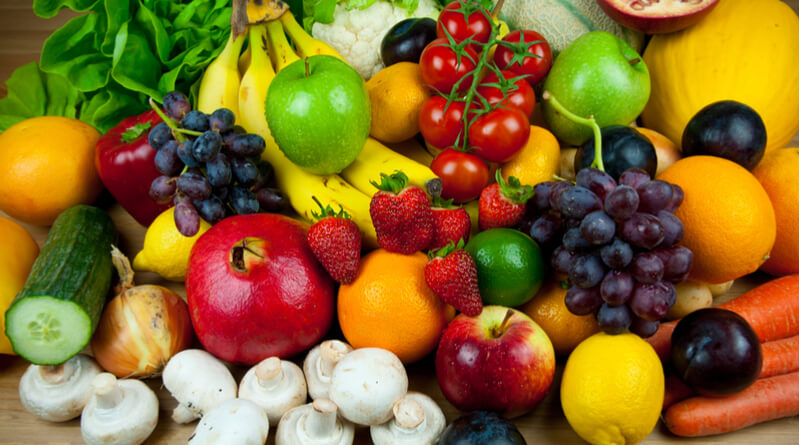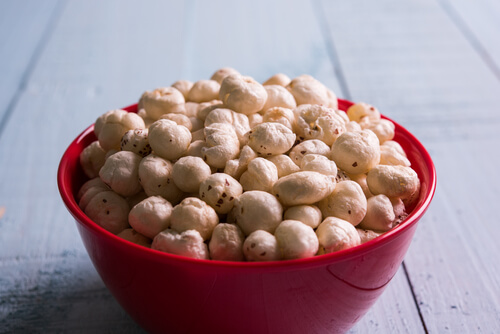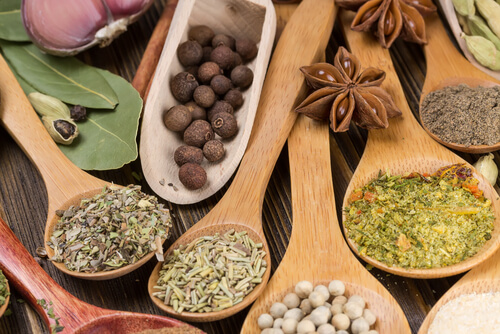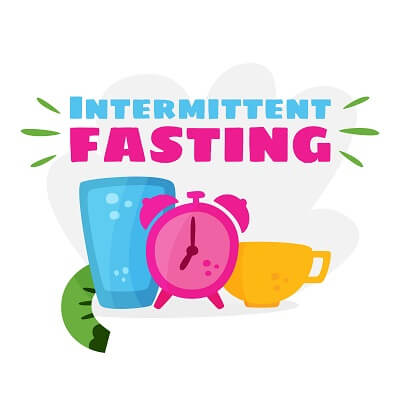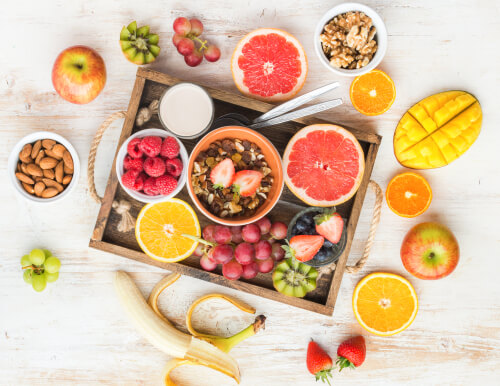There is a saying, ‘you are what you eat’. You can interpret this saying as your health is in large part a result of the nutrients you put in your body. We know this to be true after years of experimentation and research, but the phrase actually has a deeper interpretation. You can actually tell what vitamins and minerals a fruit or vegetable contains by the color of its skin. Read on to learn more about how color affects your food.
Red
Red veggies and fruits, like watermelon, guava, raspberries, tomatoes, kidney beans, cherries, etc., are typically rich in lycopene and anthocyanins, two antioxidants. Lycopene is actually a carotenoid that helps your body produce vitamin A.
Orange and Yellow
Orange and yellow produce contains beta-carotene that your body is able to convert to vitamin A. Your body needs vitamin A to improve night vision, and keep your skin, teeth, nails, and bones healthy. Orange and yellow fruits and veggies are also rich in the antioxidant known as folate. Folate plays a significant role in preventing the formation of neural tube defects in unborn infants.
Green
Green veggies are good for your eyes, teeth, and bones due to their vitamin K levels. The vitamin K also helps your blood clot properly and can be great for people having difficulty clotting their blood.
Blue and Purple
Blue and purple produce are a bit unique. They contain anthocyanins, the compounds responsible for their unique color. Anthocyanins also play a role in reducing a person’s risk of developing cardiovascular disease. Blue and purple sinned produce also contain flavonoids and ellagic acid, which are compounds that have the ability to destroy cancer cells.
White
White produce is extremely high in dietary fiber and has the ability to regulate your cholesterol levels.


